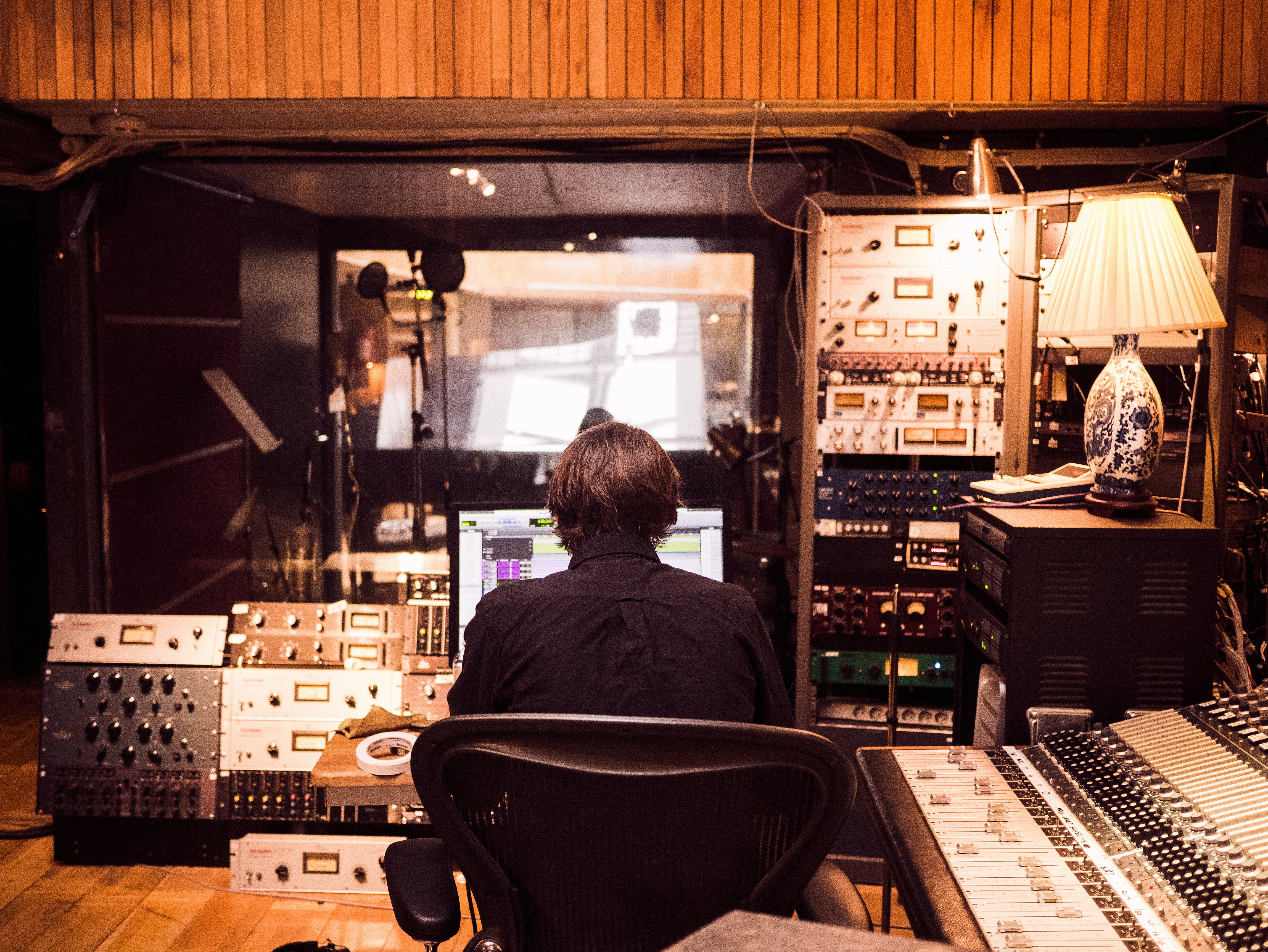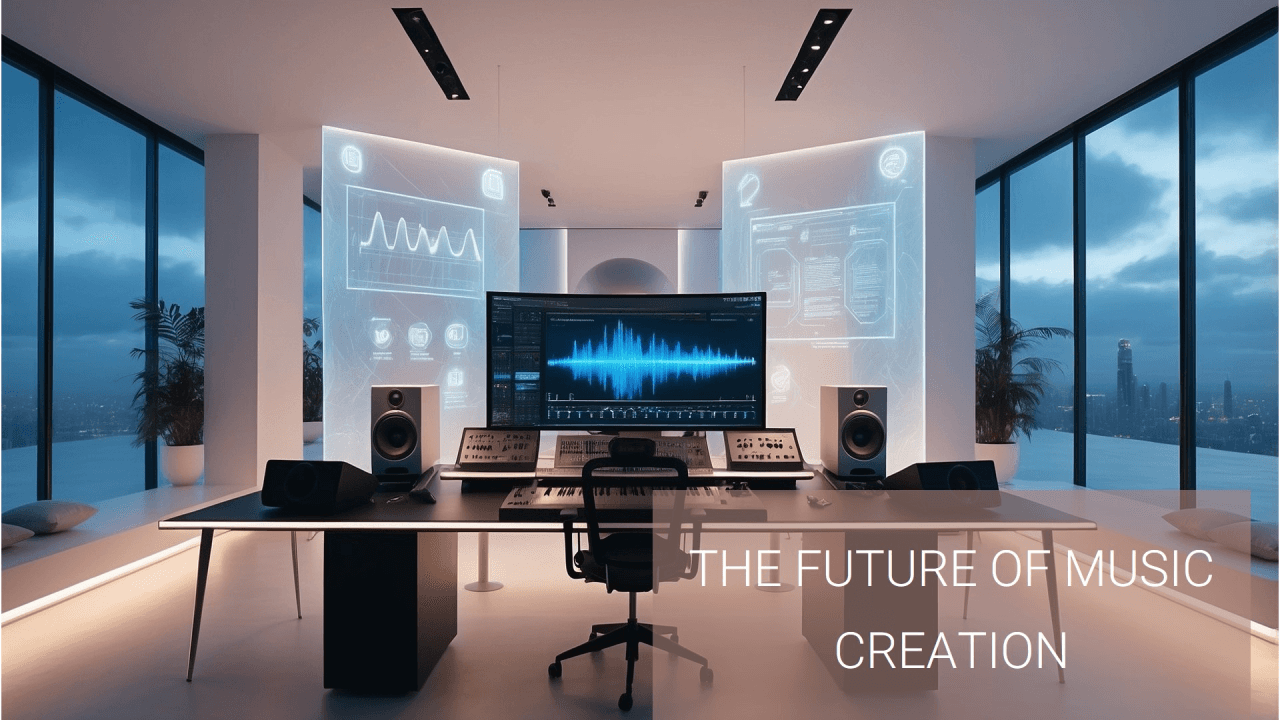Article
Jun 19, 2025
From Survival to Scale: How We Built a Profitable Venture Studio of 70+ in 10 Months
From Crisis to Clarity
It was March 2024. We were down to two people in a small venture studio in Norway, barely staying afloat. At the start of the year, we had nine full-timers and around two dozen part-time collaborators working on music companies, music-tech tools, and early-stage products. This time, only the two of us remained; juggling podcast episodes and taking on consulting gigs just to keep the lights on.
We kept our rates low and founder-friendly, often just enough to cover expenses. Norway’s funding landscape offered polite encouragement and modest grants, but not enough to match the speed we needed.
Most days ran long into the next. I was writing pitch decks, refining go-to-market plans, and chasing investors with the hope something would land. Each bit of cash we secured added a few more days to our runway, but we weren’t really building anymore. We were simply surviving.
We realized the model itself had to change. But the advice we kept hearing; cut more, raise faster, do less, but it didn’t fit. Cutting would have meant dismantling what made us different. Raising would’ve forced us into promises we couldn’t keep. And narrowing our vision would have taken the creativity out of the work we loved.
We knew our failure wasn’t rooted in ambition. It came from an unsustainable model. Our cost base was too high, our talent pool too narrow, and our mindset too local. So we made a choice. We stopped thinking like a small Norwegian team and began working like something broader, more distributed, more resilient.
The Spark That Changed Our Trajectory
In September, we posted a job for a prompt engineer. The response in Norway was thin. Out of curiosity, not strategy, we opened up the search.
Within days, we met someone from Addis Ababa who completely shifted our rhythm. He brought not just skill and speed, but precision, initiative, and clarity. We paid above local median, offered real ownership, and treated him as a collaborator.
The change was immediate. Work that once took an entire day was completed with care in a fraction of the time. Scripts ran efficiently. Prototypes arrived earlier. The pressure dropped. The quality climbed.
That was our lightbulb moment. We tapped into one of the most under-recognized advantages in tech today: highly skilled, underleveraged teams across African markets. Places like Ethiopia are ecosystems full of builders who’ve simply been left out of the hype cycle.
If one person could shift our pace this much, what would happen if we hired ten more?
Building a Model That Could Hold
By November, we built around the momentum. We created a dual-engine model.
One half of our time went to paid work: building MVPs, running research, shaping investor decks. We charged below Western rates, but never compromised on quality. The other half went into early-stage ventures. These were small, often underfunded teams. We joined as co-builders, took modest equity, and traded time for a long-term bet.
Just as important, we could return to our own neglected ventures. Now, with stability from the service side, we had room to build again.
What made that possible wasn’t a secret. It came from choosing what most teams ignore. We leaned into the difference in financial realities. We hired where others weren’t looking. We worked with tools that made collaboration easier, and better. Ambition suddenly became affordable. We could dream bigger without raising more or rushing faster. Everyone benefited. Our team, our clients, and us.
This wasn’t about shrinking the team to hit growth targets. It was about building a strong team in an overlooked market, then giving them tools to go further. AI helped us scale by making space for better work, not by removing the people doing it.
Designers started with better prompts. Analysts focused on insight. Writers went from idea to clarity faster. Tasks moved with ease, but the quality never dropped.
Steve Jobs once said, “Computers are like a bicycle for the mind.” For us, AI helped us go further, not faster.
The Team That Built Itself
Between September 2024 and May 2025, our team grew from two to over seventy. Most came from Ethiopia, Nigeria, Malawi, and Burundi.
We paid fairly, prioritized balance, and avoided overwork. People had room to own their work, fix what was slow, and shape better ways forward.
Nine trusted local leads managed the remote teams. They handled syncs and made decisions. I stepped somewhat back and focused on strategy, partnerships, and continuity.
We didn’t overengineer culture. We asked how people liked to work and built from that. Every month, we ran honest retrospectives. What’s working? What’s not?
My co-founder’s experience in India’s early remote boom helped a lot. He saw what worked in distributed teams and what to avoid. We kept things lean, but clear. Flexible, but focused.
Momentum came from alignment. People cared about the work, and it showed.
What Changed in the Process
This journey changed more than the business. It changed me.
I stopped spending nights fixing pitch decks and chasing investor calls. I started running long runs again. I was more present at home. My phone stayed on charge downstairs. There were fewer late nights, and more space to think clearly.
My role became less about doing everything and more about helping others do their best work. I spent time mentoring team leads, improving how we worked, and holding onto the values that mattered.
We may have stumbled onto this by accident, but once we saw its potential, we stayed with it. We refined the model, hired globally, built remote systems that worked, and used AI to help people do better work.
An Open Invitation
Scroll through platforms like LinkedIn and you’ll see the same story repeated: lean teams, big revenue, automated everything. Some of it’s real. Most of it can’t be repeated.
We found a different path; one built on people, process, and patience.
We hired where others weren’t looking. We used tools to support, not replace. We moved with intention, not speed for speed’s sake.
This isn’t a roadmap. It’s simply what worked for us. Maybe it helps you find a steadier, more grounded way to grow.
At Amplitude Ventures, we now help founders build with this mindset.
Product. Research. Narrative. Remote teams. All structured. All remote. All practical.
If your story feels anything like ours, let’s compare notes. If what we’ve learned can help you move forward, we’ll show up.
Reach us at build@amplitudeventures.com
Other posts
Expert perspectives on venture building, startup development, and global entrepreneurship from our team of builders and innovators



